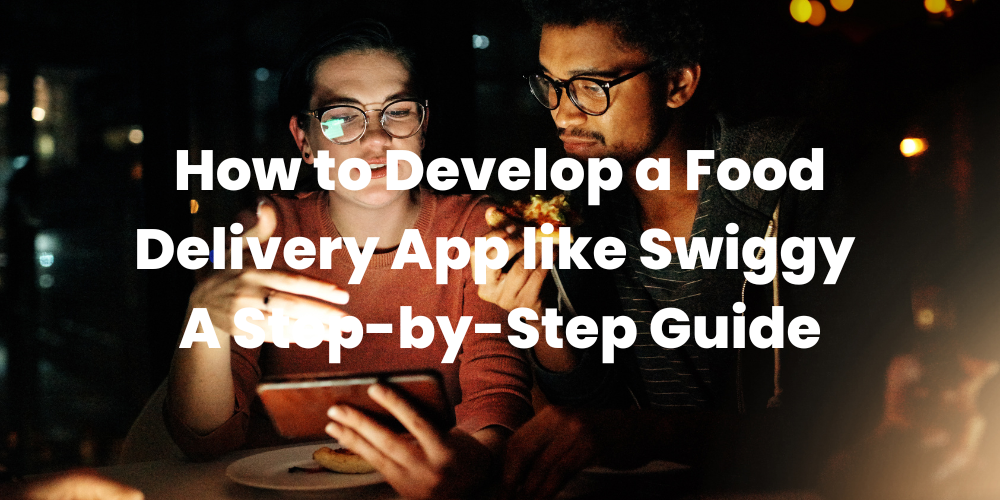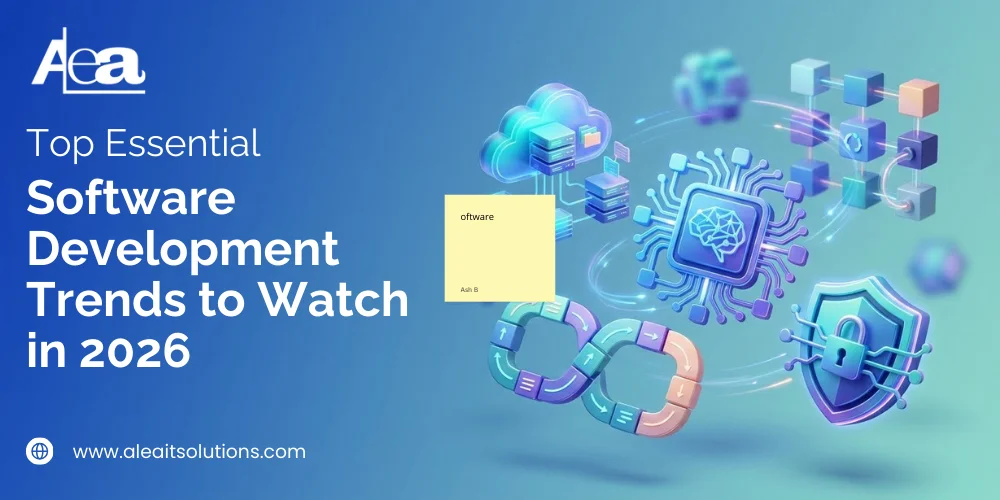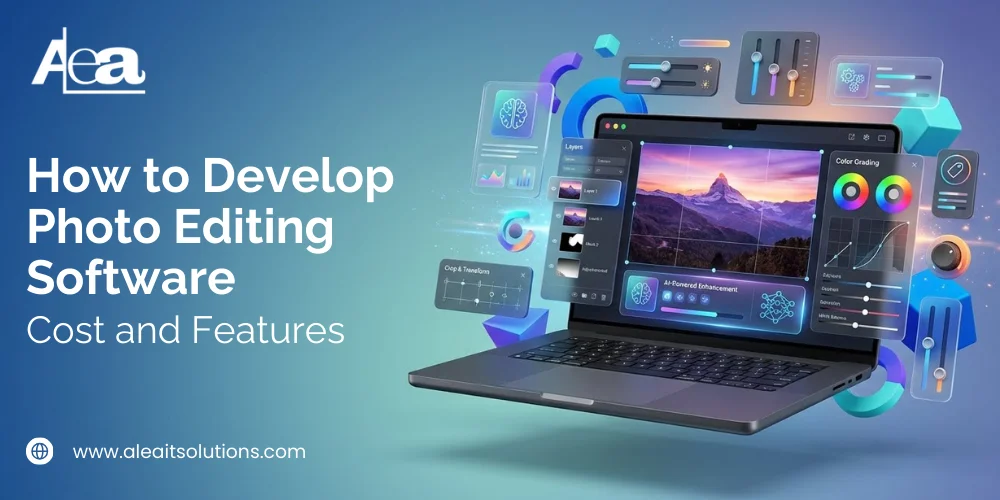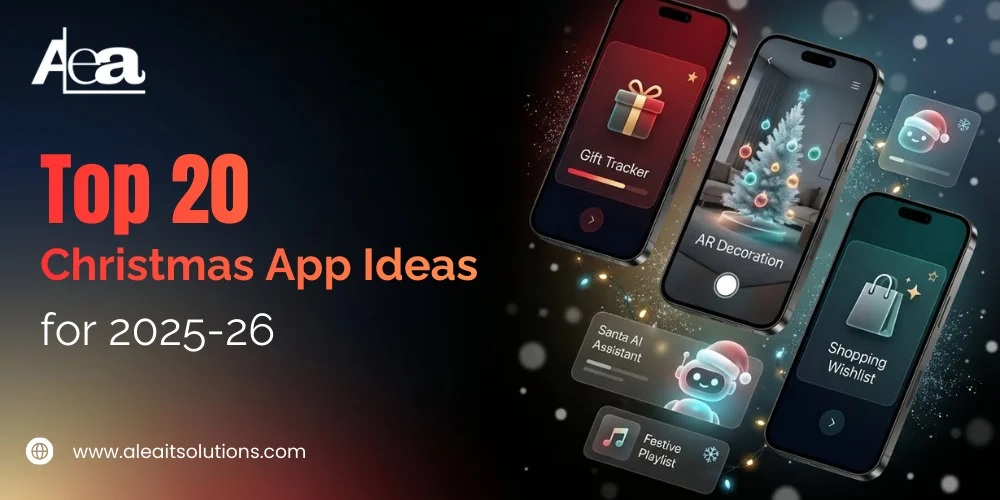In today’s fast-paced world, food delivery apps like Swiggy have changed the way people order food. The construction of the food delivery app can be an attractive business if correct. Here is a broad step-by-step guide to help you develop a food app like Swiggy:
Step 1: Conduct Market Research
Before diving into app development, start with thorough research:
- Analyze the Market: Understand trends, competitors and customer preferences in your target location.
- Define your Target Audiences: Recognize your ideal users including demographics and preferences.
- Study your Rivals: Check what Swiggy, Zomato and other food distribution apps are doing good and where they are lacking.
Step 2: Decide the Business Model
Choose the revenue model that suits your business plan:
- Commission-Based Model: Take one percent of each transaction from the restaurant.
- Distribution Fee: Earn revenue through distribution fees.
- Membership: Provide subscription options such as free delivery or exclusive deals.
- Advertisement: Charge restaurant for better visibility on the app.
Step 3: Choose Key Features
Your app must include essential features for smooth functionality. Some of the critical ones are:
- User App:
- User Registration and Login: email, phone number or through social media.
- Restaurant Listing: Classified on the basis of food, location or rating.
- Order Placement: Simple navigation to browse and order food.
- Real-Time Tracking: Enable users to track their orders in real time.
- Payment Gateway: Support several payment methods (credit card, UPI, e-wallet).
- Reviews and Ratings: Allow users to share feedback and distribution.
- Restaurant App:
- Restaurant Profile: Manu, manage prices and discounts.
- Order Information: In fact, inform the restaurant about new orders.
- Order Management: Accept or reject orders based on availability.
- Earning Dashboard: Track the revenue generated through the app.
- Delivery Partner App:
- Availability Status: The delivery agent can mark themselves online/offline.
- Order Notifications: alert for new delivery.
- GPS Navigation: integrated maps to find restaurants and customer locations.
- Earnings and Rating: Track the weekly income and review the customer response.
- Admin Panel:
- Restaurant Management: Add, remove or update the restaurant information.
- Order Management: Monitoring and management of orders in real time.
- User Management: Manage user profiles and track customer activity.
- Distribution Management: Handle of delivery logistics and payment.
Step 4: Choose the Right Technology Stack
To build a robust and scalable app, the right technology stack is crucial:
- Frontend: React Native or Flutter for cross-platform mobile development.
- Backend: Node.js, Python (Django/Flask), or Ruby on Rails.
- Database: MySQL, PostgreSQL, or MongoDB for managing large volumes of data.
- Cloud Hosting: AWS, Google Cloud, or Microsoft Azure for hosting.
- Payment Gateways: Stripe, PayPal, or Razorpay for seamless transactions.
- Real-time Tracking: Google Maps API for GPS and route optimization.
Step 5: UI/UX Design
Design an intuitive and user-friendly interface:
- Simplified Navigation: Ensure easy browsing and fast order for users.
- Visually Attractive Interfaces: Use attractive design elements that make the app attractive.
- Responsible Design: Adapt the app for many devices, ensure smooth work in smartphones, tablets and desktops.
Step 6: Development & Testing
Break down the development process into phases:
- MVP Development: Create a minimum viable product (MVP) with the facilities required to test the market.
- Testing: Bugs, testing the app hardly for performance issues and user experience. Use a manual and automatic testing tools.
Step 7: Launch & Marketing
Once development is complete:
- Launch on the App Store: Submit the app in both Google Play and Apple App Store.
- Promote the App: Use digital marketing, social media campaigns and impressive marketing to attract users and restaurants.
- Provide initial discounts to achieve tractions offering discounts and deals.
Step 8: Continuous Updates
Post-launch, focus on:
- User Feedback: Collect insight from users and improve the app continuously.
- Regular Updates: release updates to increase features, fix bugs and improve user experience.
Conclusion
A well-structured approach and strategic plan are required to develop food distribution apps such as swiggy. Identification of the market requires selecting the right tech stack and promoting the app, every step plays an important role in the success of the app. Partnership with experts such as Aleait Solutions can help you create strong and scalable web and mobile applications to suit your business needs.
Ready to develop your food app? Contact AleaIT Solutions today and embark on your journey to success!




